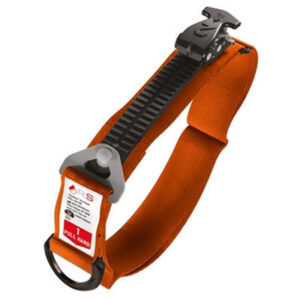Please remember, if you need assistance or have any questions, call us on 0330 223 6336 or drop us an email at sales@defibworld.org
Cardiac arrest can strike without warning and the chances of survival hinge on a swift response. Did you know survival rates drop by 10% for every minute without defibrillation? This stark reality underscores the growing importance of public safety measures, particularly the availability of defibrillators in public spaces. Defib World, a trusted provider of life-saving technology, is at the forefront of this crucial initiative, ensuring communities are equipped to handle such emergencies.
Public access defibrillators have the potential to improve survival rates significantly, yet they are underutilised in many areas. Why are these life-saving devices not more commonly used, and what can be done to change this? By exploring current statistics, technological advancements, and the role of community education, we can better understand how to make defibrillators a staple in public safety. Defib World supports communities with the training and resources to empower lifesavers everywhere.
Understanding Cardiac Arrest and Survival Rates
Current Statistics and Trends
Cardiac arrest remains a leading cause of death worldwide, with survival rates varying significantly depending on the timeliness and effectiveness of the response. The recent statistic showing a 10.8% survival rate for out-of-hospital cardiac arrests marks a significant improvement. This increase can be attributed to several factors, including better public awareness, improved emergency response systems, and advancements in medical technology.
The rise in survival rates also reflects the growing emphasis on immediate intervention. Public health campaigns have played a crucial role in educating people about recognising cardiac arrest symptoms and acting swiftly. Integrating advanced life-saving equipment in public spaces has also contributed to this positive trend. However, despite these improvements, the survival rate indicates that there’s still considerable room for progress.
The Critical Role of Immediate Response
Immediate response is crucial in the event of a cardiac arrest. Cardiopulmonary resuscitation (CPR) and defibrillation are critical components of this response. CPR helps maintain blood flow to vital organs, while defibrillation can restore a normal heart rhythm. The chances of survival increase dramatically when these interventions are administered promptly.
For every minute that passes without defibrillation, the likelihood of survival decreases by approximately 10%. This stark statistic underscores the urgency of having defibrillators readily available in public spaces. The rapid deployment of defibrillators, combined with effective CPR, can more than double the chances of survival. This highlights the need for widespread access to these life-saving devices and the importance of public education.
The Power of Public Access Defibrillators
Impact of Early Defibrillation
Early defibrillation is critical in improving the survival rates of cardiac arrest victims. When defibrillation occurs within the first five minutes, the chances of survival can range between 50% and 70%. This significant increase in survival rates demonstrates the life-saving potential of having defibrillators accessible in public areas.
The real-world implications of these statistics are profound. In many cases, bystanders are the first to respond to a cardiac arrest, and their ability to access and use a defibrillator can make the difference between life and death. The presence of defibrillators in public spaces not only saves lives but also empowers communities to take immediate action during emergencies.
Current Utilisation and Challenges
Despite the proven benefits of early defibrillation, public-access defibrillators are underutilised. Less than one in ten out-of-hospital cardiac arrests use a public-access defibrillator. This underutilisation can be attributed to several barriers, including lack of awareness, insufficient training, and limited availability of defibrillators in public spaces.
Barriers to widespread use and accessibility include:
- Awareness: Many people are unaware of the location of defibrillators or how to use them.
- Training: There is a misconception that defibrillators require extensive training to operate.
- Availability: Defibrillators are not as widely distributed as they should be, particularly in rural or underserved areas.
Addressing these challenges requires a concerted effort to increase public awareness, provide training, and ensure the strategic availability of defibrillators.
Innovations in Defibrillator Technology
User-Friendly Designs
Modern defibrillators are designed to be user-friendly, making them accessible to trained and untrained responders. The iPAD NFK200 semi-automatic defibrillator is engineered for ease of use, with clear instructions and automated prompts to guide users through the process. This design ensures that even individuals with minimal training can effectively operate the device during an emergency.
Similarly, the Mindray BeneHeart C2 Fully Automatic Defibrillator is designed to be intuitive and straightforward. It automatically assesses the patient’s condition and delivers the appropriate shock, reducing the margin for error and increasing the likelihood of a successful outcome. These features make it suitable for placement in any environment, from schools and offices to public transportation hubs.
Technological Advancements
Technological advancements have significantly made defibrillators more accessible and practical. Modern defibrillators have features that simplify their use, such as voice prompts, visual aids, and automated analysis. These innovations ensure that even individuals without prior training can confidently use the device in an emergency.
The role of technology in enhancing defibrillator accessibility cannot be overstated. By incorporating user-friendly features and automated functions, manufacturers like Defib World are making it easier for communities to adopt and utilise these life-saving devices. This, in turn, increases the likelihood of timely intervention and improves survival rates for cardiac arrest victims.
Community Empowerment and Accessibility
The Need for Widespread Availability
The importance of placing defibrillators in various public spaces cannot be overstated. Cardiac arrests can occur anywhere, and having defibrillators readily available in high-traffic areas ensures that help is always within reach. Ideal locations for defibrillator placement include shopping malls, airports, sports arenas, schools, and workplaces. These are places where large numbers of people gather, increasing the likelihood of a cardiac arrest occurring.
The widespread availability of defibrillators also fosters a sense of community preparedness. When people know that defibrillators are accessible, they are more likely to take swift action in an emergency. This collective readiness can significantly improve survival rates and enhance public safety.
Educational Initiatives and Training
Community education is crucial in increasing the use of defibrillators. Training programmes that teach people how to recognise cardiac arrest symptoms and use defibrillators can empower bystanders to act confidently during emergencies. Defib World is committed to supporting communities with the training and resources needed to become practical lifesavers.
Educational initiatives should focus on:
- Awareness Campaigns: Informing the public about defibrillators’ importance and locations.
- Hands-On Training: Providing practical training sessions to teach people how to use defibrillators.
- Ongoing Support: Offering refresher courses and resources to maintain skills over time.
Investing in community education and making defibrillators widely available can create a safer environment where everyone is prepared to respond to cardiac emergencies.
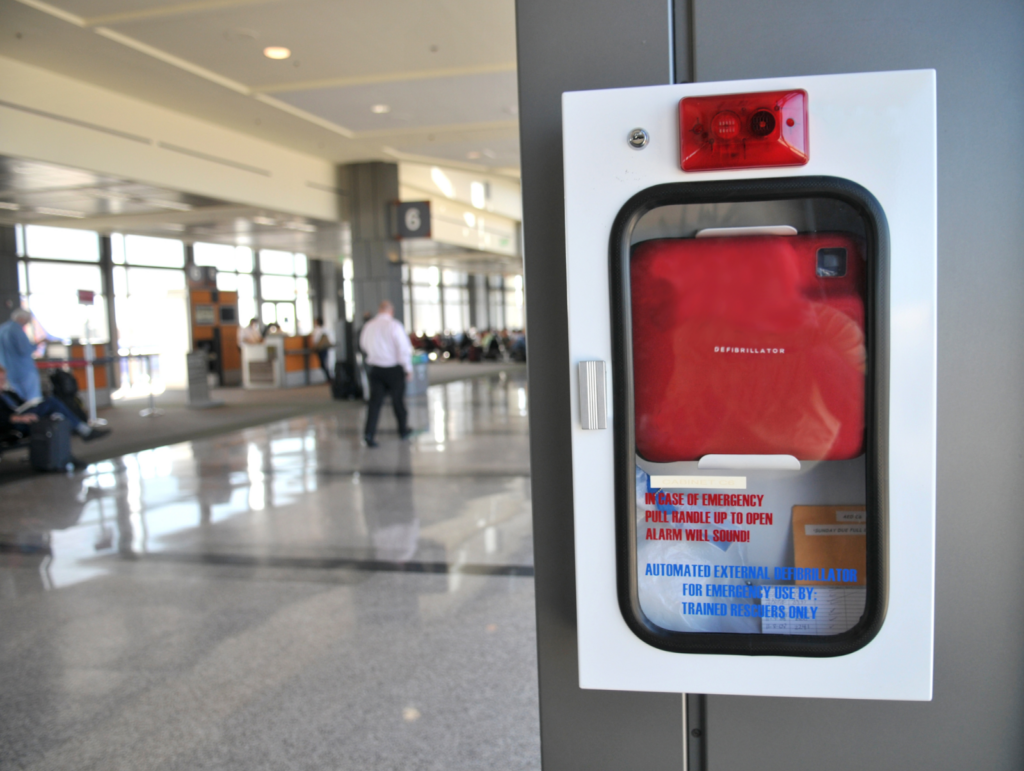

- 15 August 2024
Conclusion: A Lifeline for Every Community
Cardiac arrest is an unpredictable and life-threatening event, but the presence of defibrillators in public spaces can dramatically improve survival rates. The data is precise: immediate response, particularly defibrillation within the first few minutes, can mean the difference between life and death. Despite the proven benefits, these life-saving devices are underutilised due to barriers like lack of awareness and insufficient training.
Defib World is committed to bridging this gap by making defibrillators accessible and providing essential training to empower communities. By fostering a culture of preparedness and ensuring that defibrillators are readily available, we can create safer environments for everyone. The next life saved could be because of the steps we take today.

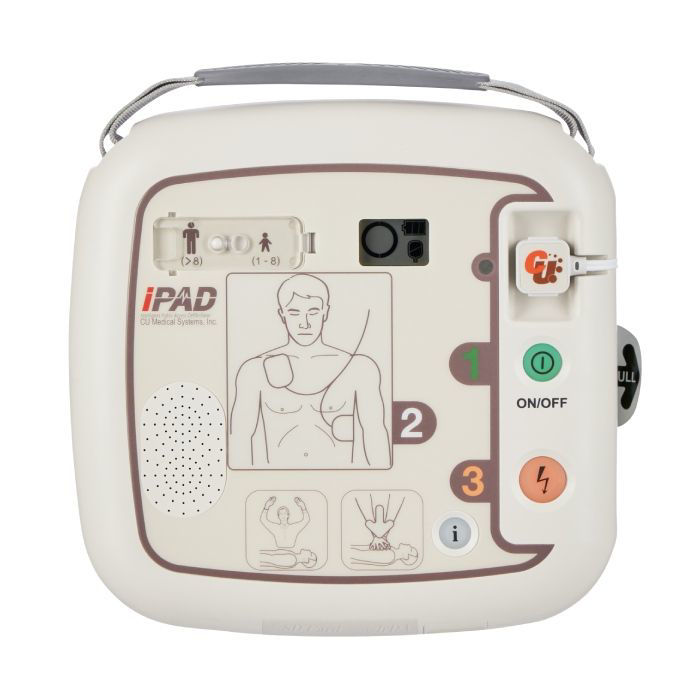
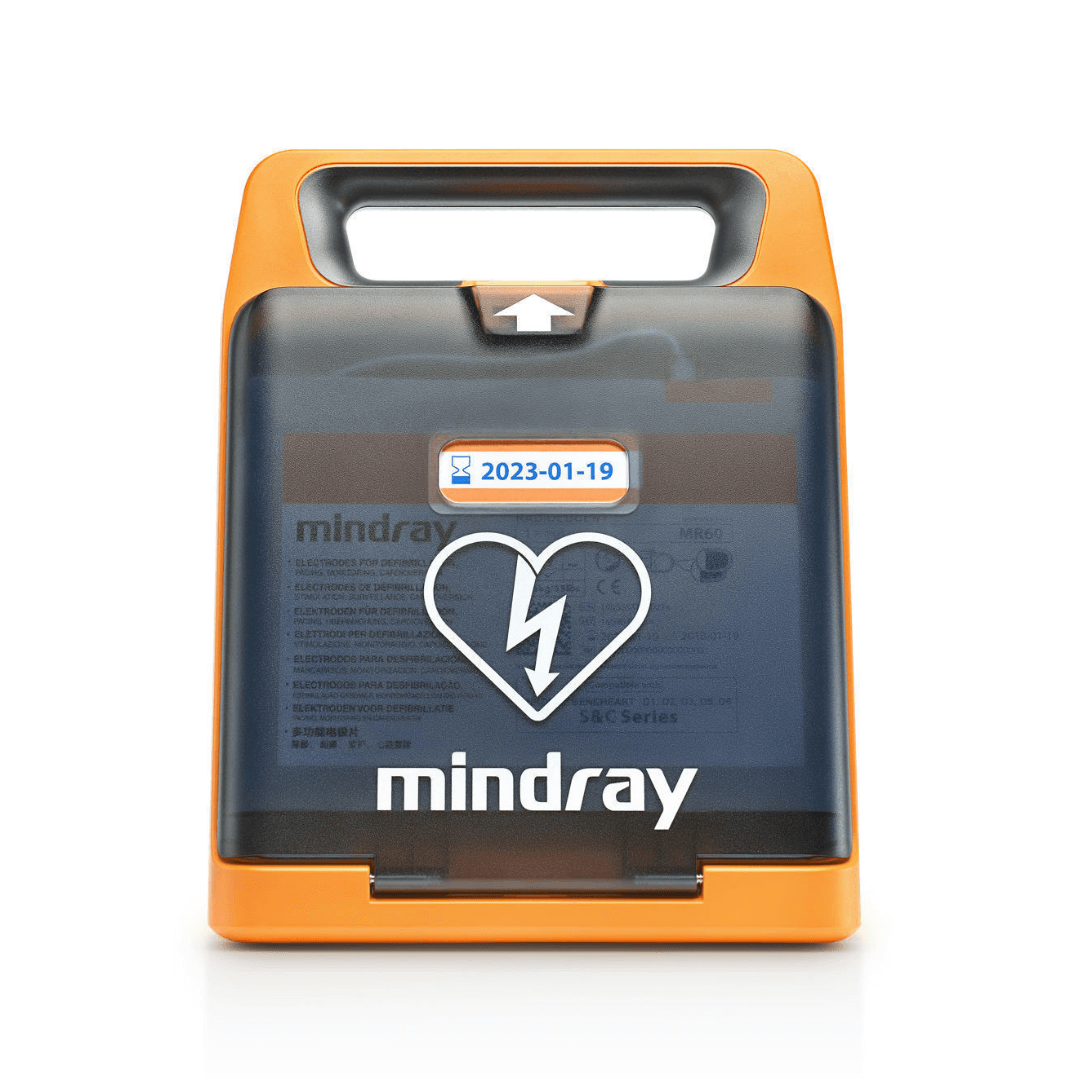
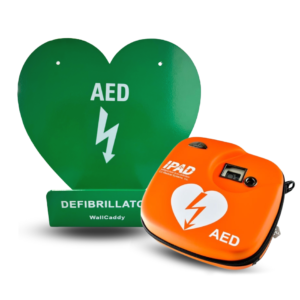
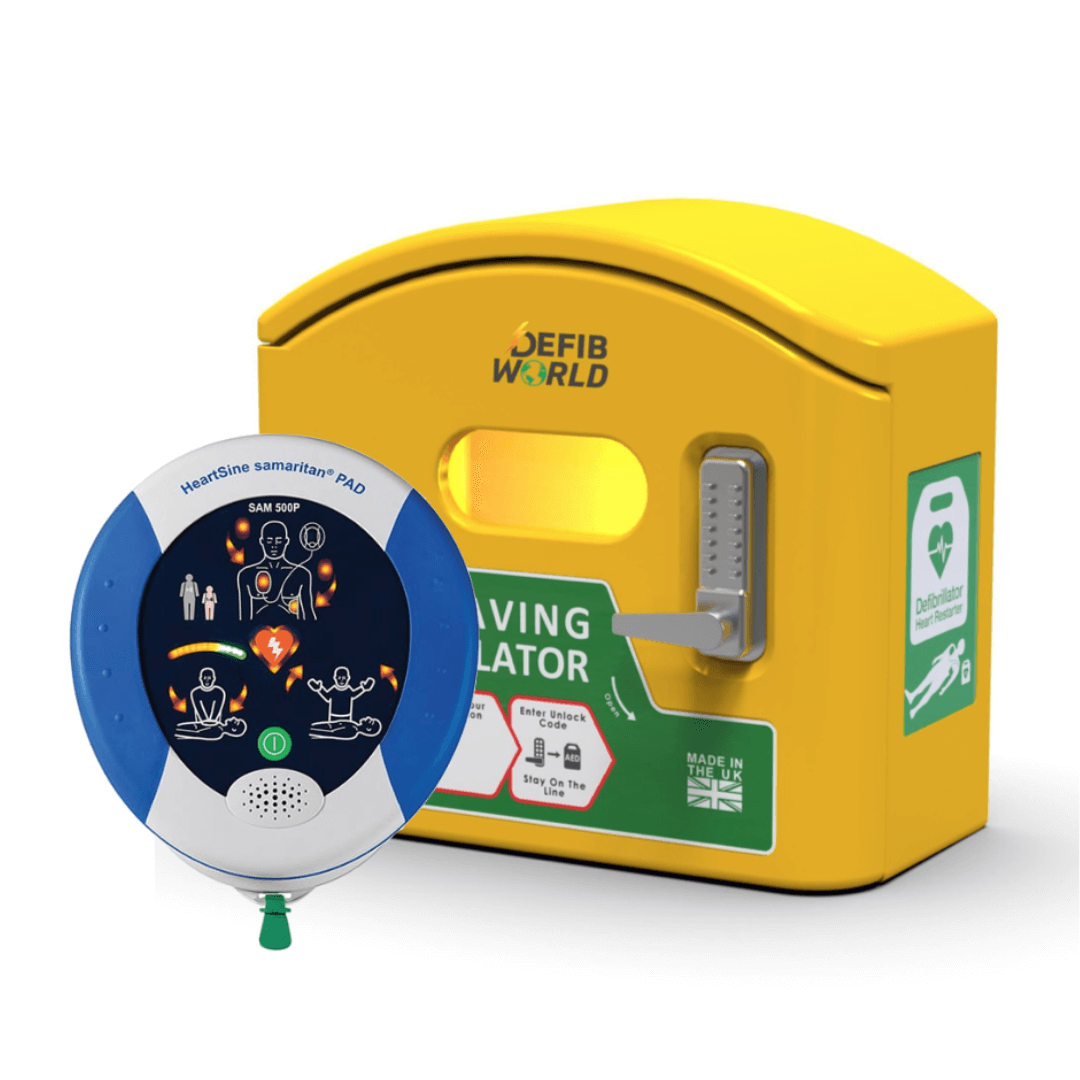
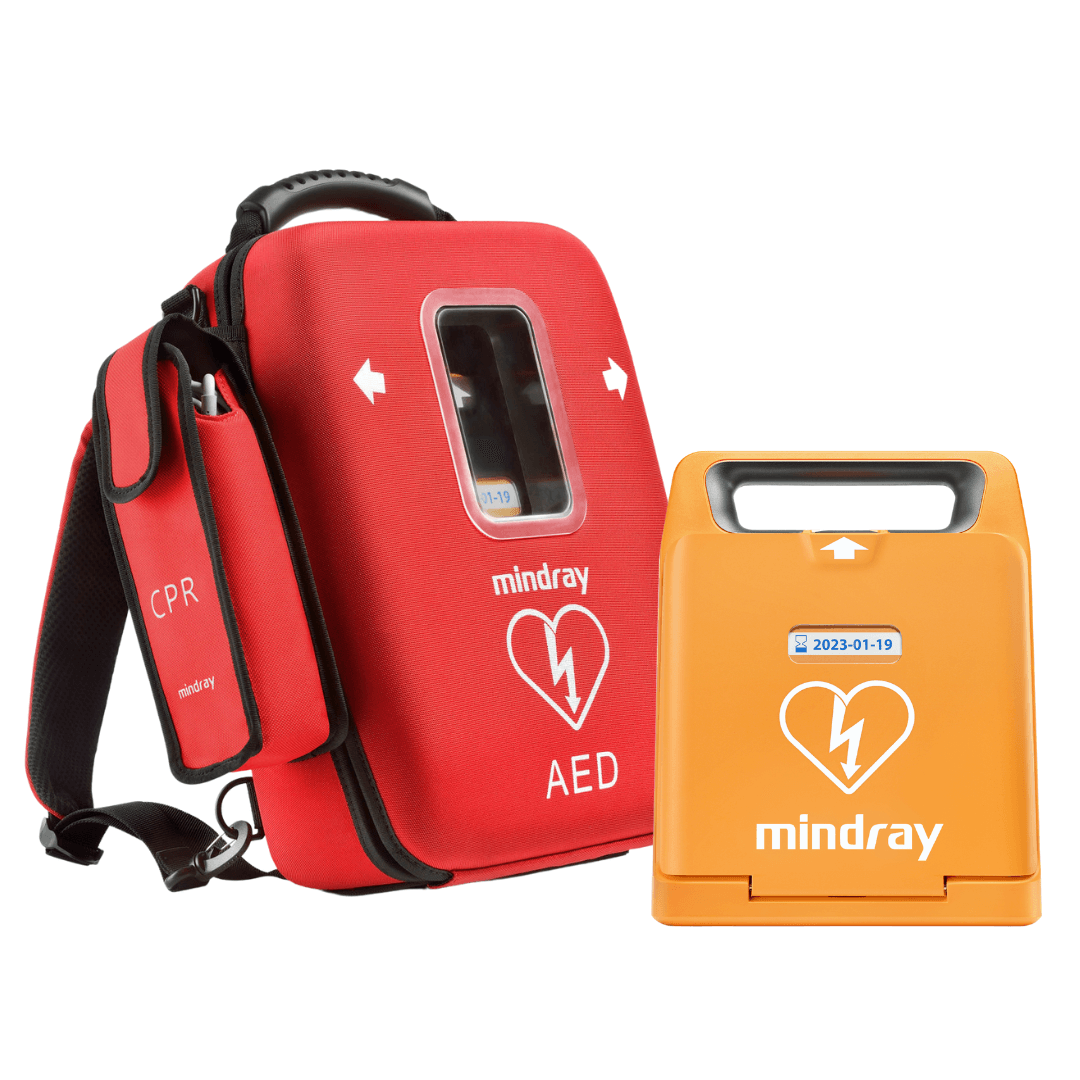
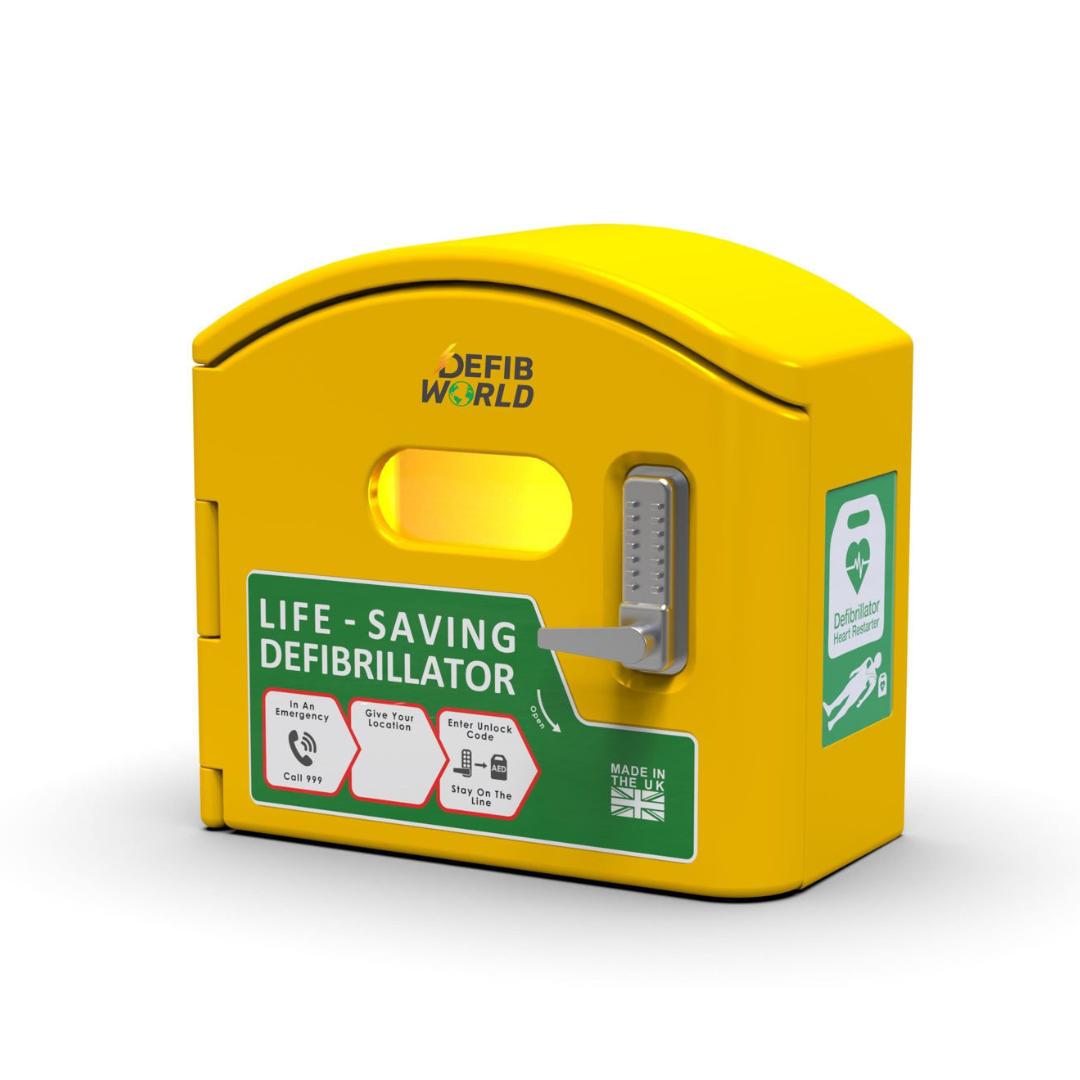
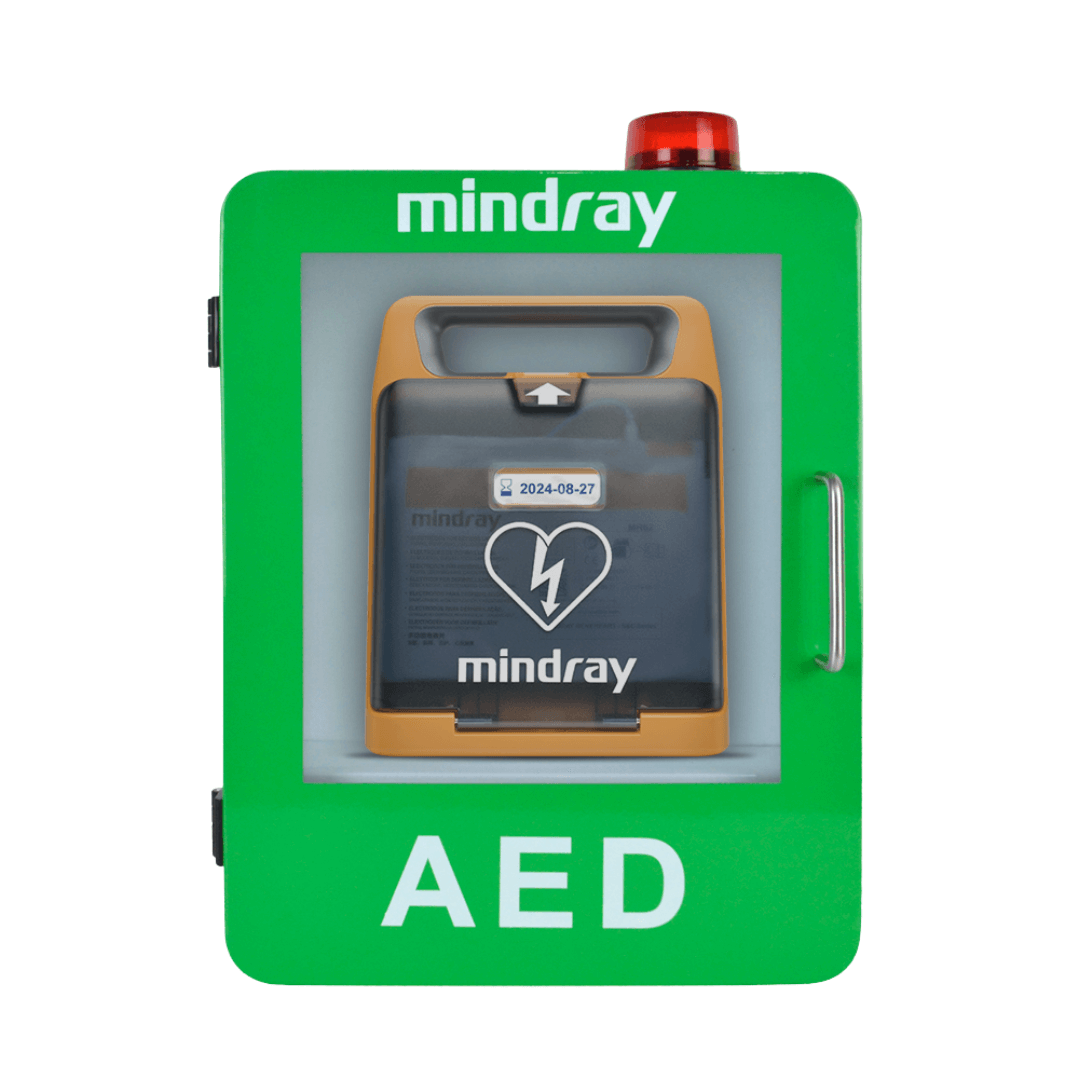
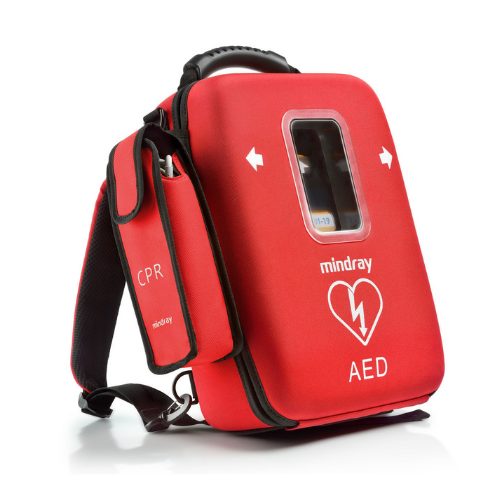
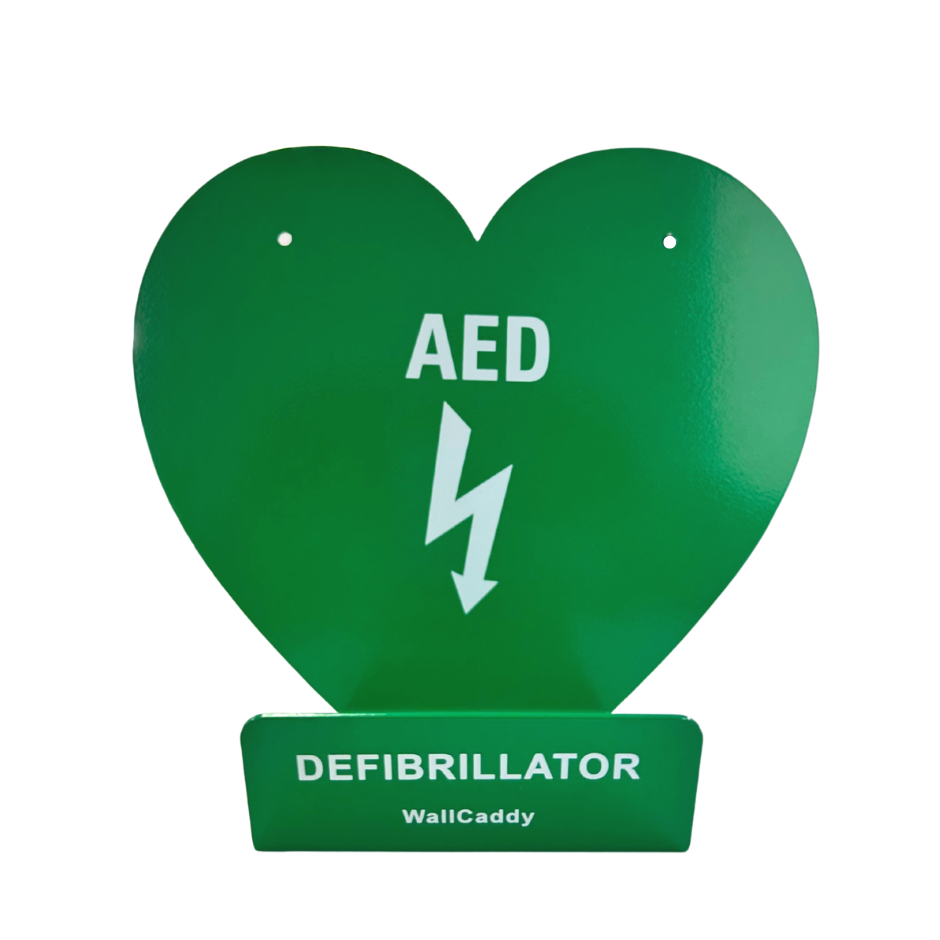

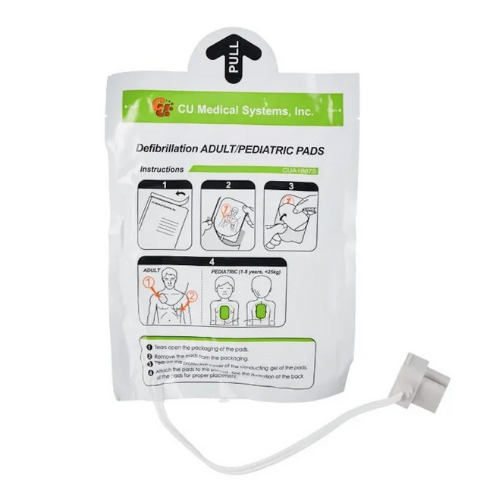
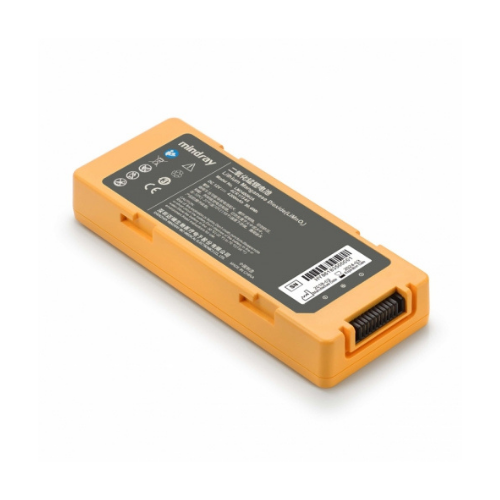

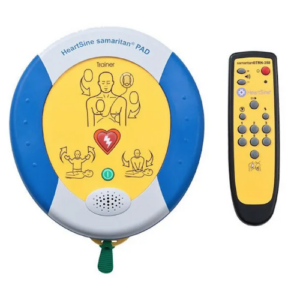



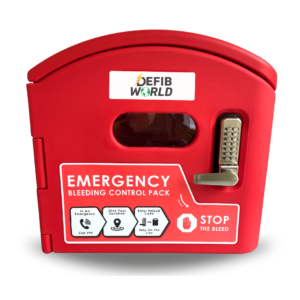



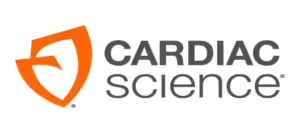
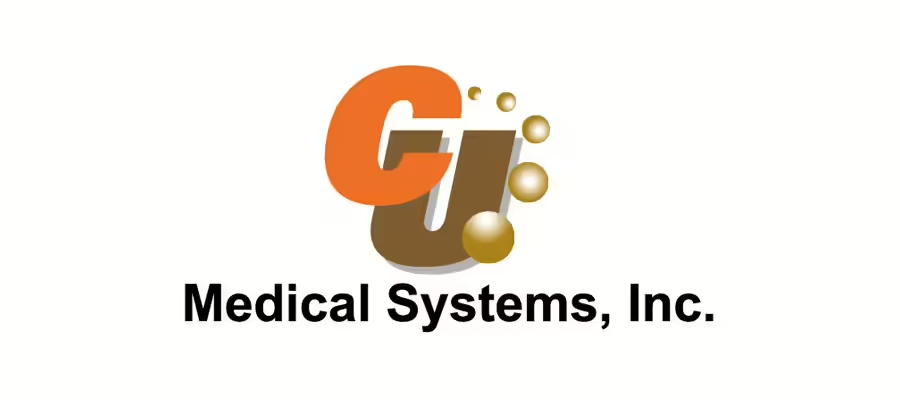











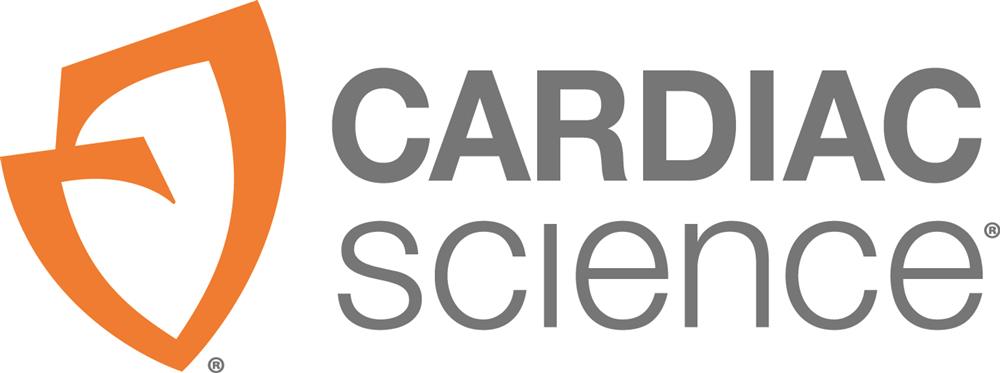
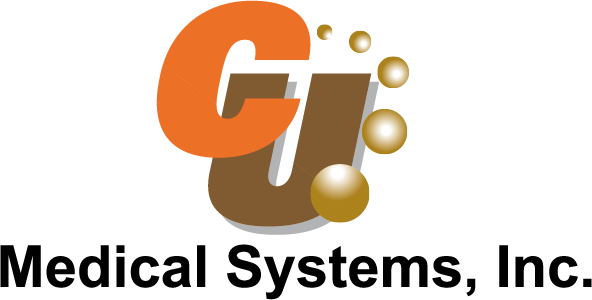
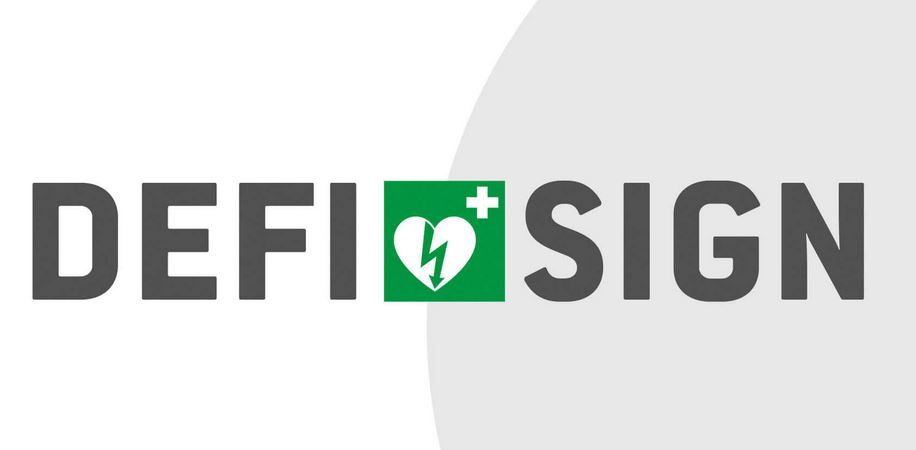



.svg.png)



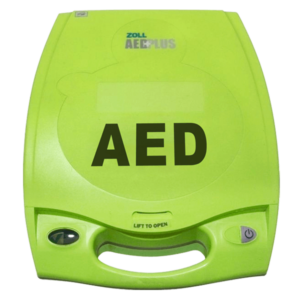






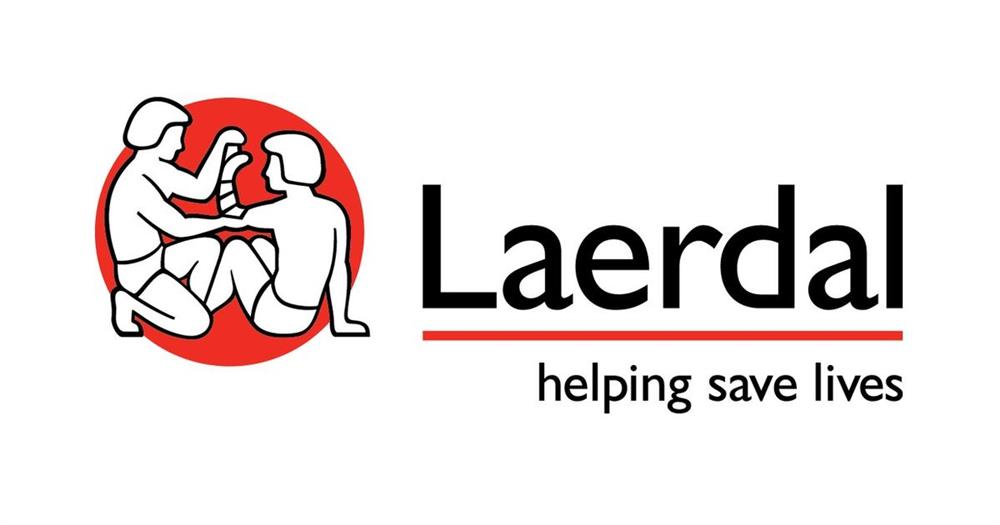

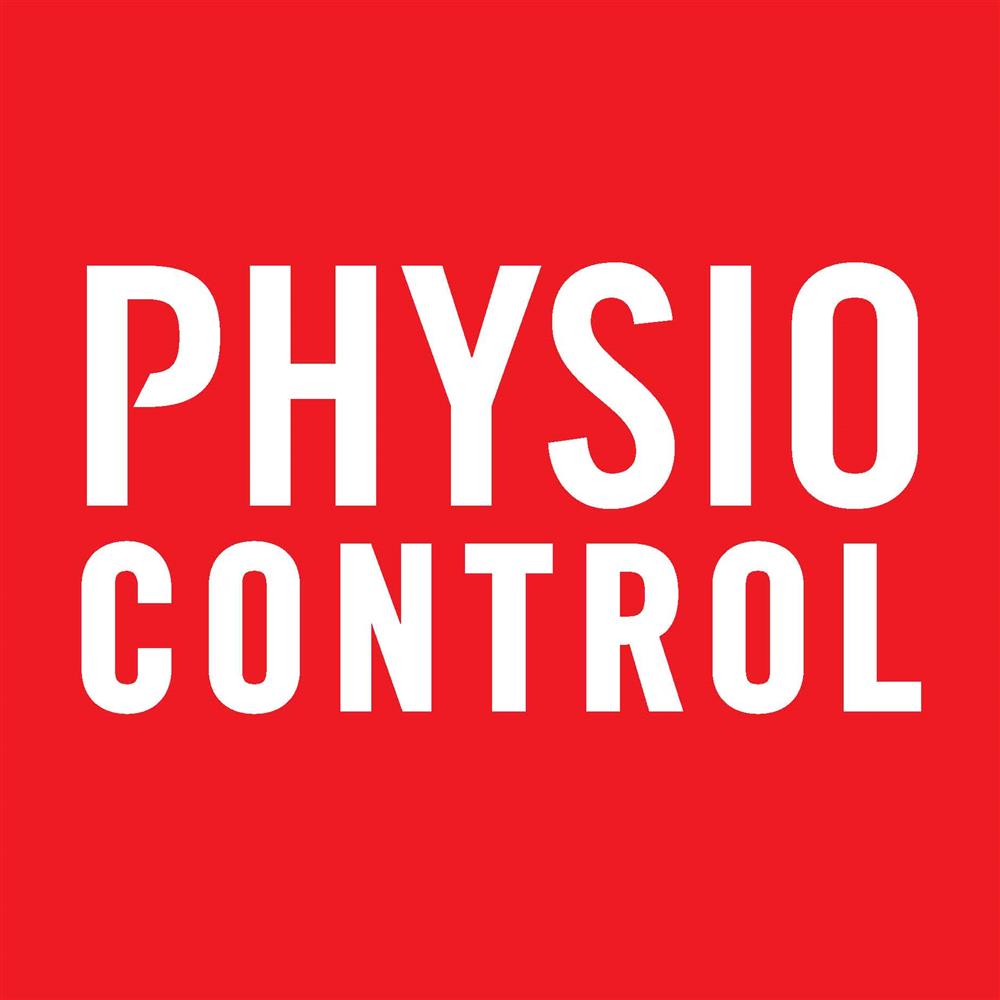
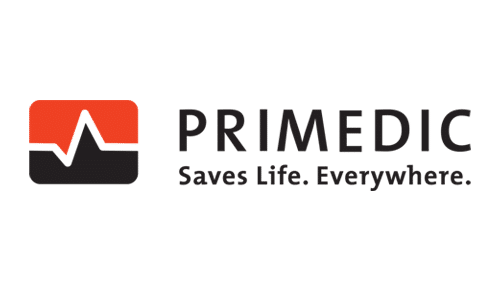

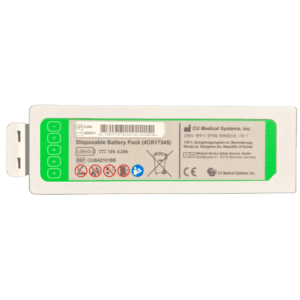
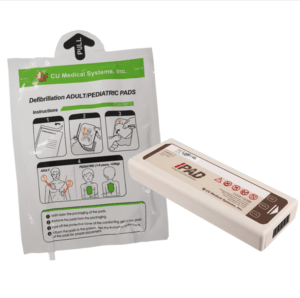
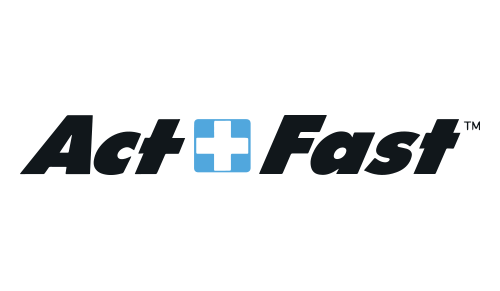

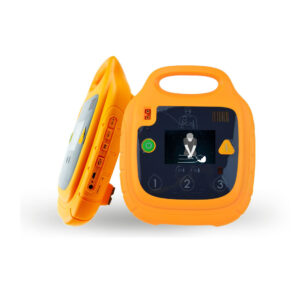





.jpg)

